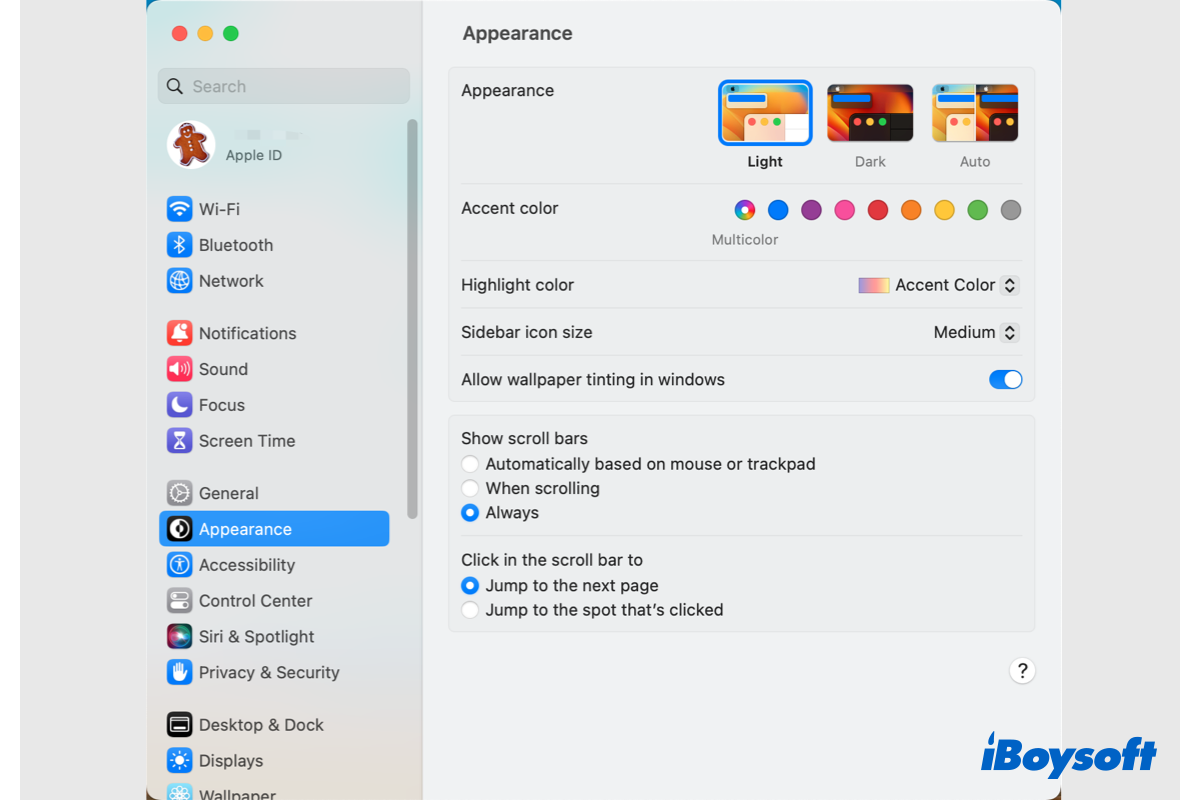There are three possible reasons why your SD card is not showing full capacity:
- Your SD card is a counterfeit product that has much less actual storage than it's advertised.
- Your SD card is improperly formatted or virus-infected.
- Your SD card is incompatible with your adapter or Mac.
Regardless, you need to format your SD card to restore it to full capacity. Since you want to use the SD card for a Bluetooth speaker and it has only 32GB of capacity, I recommend you use FAT32 with the MBR scheme. For users who have larger SD cards, use exFAT with GUID Partition Map.
Note that formatting your SD card will erase all data on it. So, before moving on, you need to back up the important files to another storage device.
If you can't access the files, use iBoysoft Data Recovery for Mac to restore them. It's a reliable data recovery tool that can retrieve files from all types of devices, such as microSD cards, SD cards, USB drives, hard drives, etc. It supports macOS 13 Ventura ~ Mac OS X 10.11 El Capitan running on Intel-based and Apple Silicon Macs.
You can click the button below to download it and preview files on your SD card for free.
After your data is restored or backed up, you can carry on to reformat your SD card.
Follow the steps below to restore your SD card to full capacity:
- Open Disk Utility.
- Click View > Show All Devices.
- Select your SD card (the top-level disk) and click Erase.
- Rename your SD card if you want.
- Choose MS-DOS (FAT) as the format.
- Select Mater Boot Record as the scheme.
- Click Erase.
If your SD card won't format in Disk Utility, do it in Terminal.
- Launch Terminal.
- Run the following command and note down the identifier of your SD card.diskutil list
- Execute the following command to format your SD card to full capacity.diskutil eraseDisk FAT32 card_name MBR /dev/identifierFor instance, if you find the identifier of your SD card is disk2 and you wish to rename it to SDcard and format it with FAT32 & MBR format, the command should be: diskutil eraseDisk FAT32 SDcard MBR /dev/disk2
Now, Disk Utility should see your SD card at its full size.


